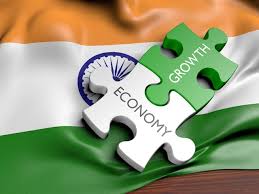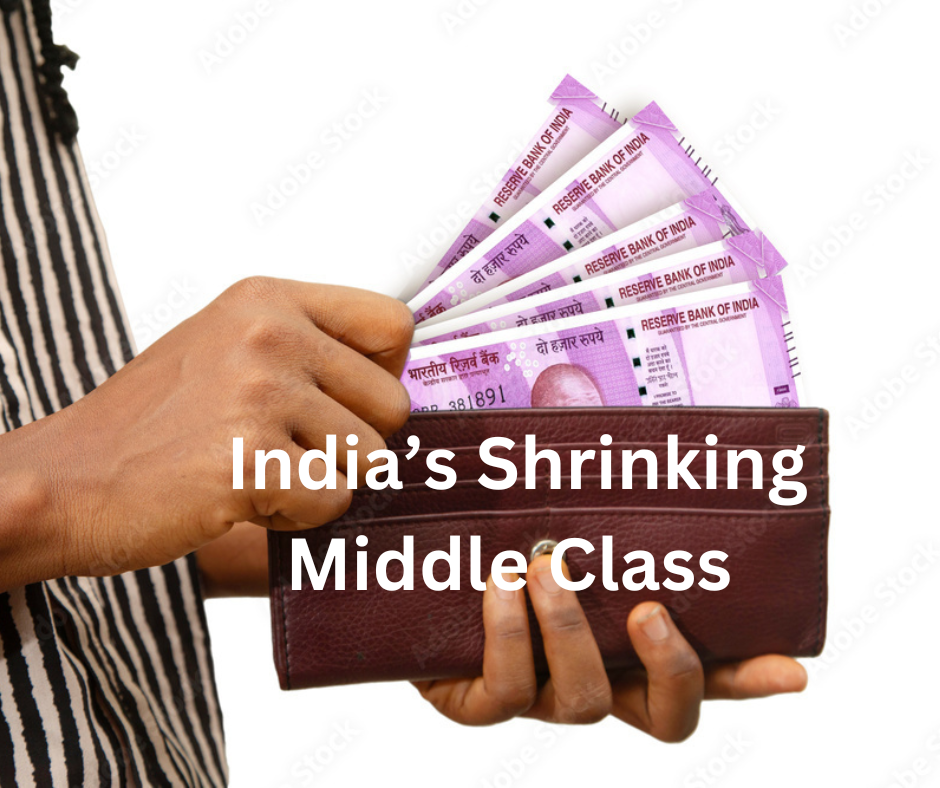India is set to emerge as the third-largest global economy by 2030, according to S&P Global Ratings, which highlights both the opportunities and challenges presented by the country’s rising population. While India’s economic ambitions are substantial, with a goal to reach a $30 trillion economy by 2047 from its current size of $3.6 trillion, the nation currently ranks as the fifth largest economy in the world.
S&P’s report indicates that India is poised to be the fastest-growing major economy over the next three years. The country’s anticipated entry into JP Morgan’s Government Emerging Market Bond Index in 2024 could facilitate additional government funding and unlock significant resources in domestic capital markets. However, S&P cautions that this is just the beginning, as investors will continue to seek improved market access and more efficient settlement procedures.
In its report titled “Look Forward Emerging Markets: A Decisive Decade,” S&P emphasizes that emerging markets will play a pivotal role in shaping the global economy over the next decade, with an average GDP growth rate of 4.06% through 2035. In contrast, advanced economies are projected to grow at a much slower pace of 1.59%. By 2035, emerging markets are expected to contribute around 65% of global economic growth, primarily driven by economies in the Asia-Pacific region, including India, China, Vietnam, and the Philippines.
“By 2035, India will be cemented as the world’s third-largest economy, with Indonesia and Brazil ranking eighth and ninth, respectively,” the report stated. To bolster its long-term growth, India has made strides to improve its fiscal flexibility, particularly by enhancing its capital expenditure. This effort reflects a commitment to sustained economic advancement.
Additionally, state governments have expressed support to the central government for merging the compensation cess with the highest goods and services tax (GST) slab of 28% after March 2026, when the current regime expires. This move aims to streamline taxation and enhance revenue collection, providing further support to economic growth.
Despite these positive developments, S&P cautions that the demographic shift poses significant challenges. India is projected to have the world’s largest population by 2035, which brings forth substantial challenges in basic service coverage and increased investment needs to maintain productivity. The agency emphasizes the importance of addressing these challenges to ensure sustainable growth.
As the decade progresses, S&P notes that the economic trajectory of emerging markets, including India, will largely depend on their governments’ ability to design and execute effective long-term growth strategies. “Establishing ambitious long-term growth goals provides a clear roadmap for progress. These goals indicate that policymakers are planning for the future, identifying vulnerabilities, and prioritizing strategic areas to mobilize capital and investment alongside the private sector,” the report adds.
In conclusion, while India is on the path to becoming one of the largest economies globally, it must navigate the complexities associated with its growing population and implement strategic policies to realize its ambitious economic objectives.




